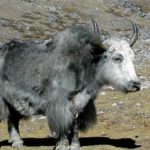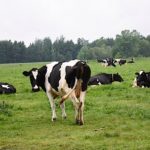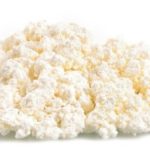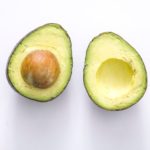Interesting facts about milk
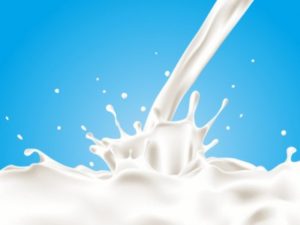 Milk is a product that many of us consume regularly. Nevertheless, not all people are able to properly absorb it. The reason is simple – nature intended milk for children’s nutrition, and not for adults to regale. However, thanks to the never stopping evolutionary processes, most adults now have the opportunity to properly absorb milk.
Milk is a product that many of us consume regularly. Nevertheless, not all people are able to properly absorb it. The reason is simple – nature intended milk for children’s nutrition, and not for adults to regale. However, thanks to the never stopping evolutionary processes, most adults now have the opportunity to properly absorb milk.
The most popular milk is cow’s milk. Every year in the world more than 400 million tons of milk are produced. Each cow gives from 11 to 23 liters, an average of about 90 cups a day. As a result, it turns out that on average the cow gives two hundred thousand glasses of milk throughout his life.
The second place is occupied by goat’s milk. It contains a lot of potassium, useful for our cardiovascular system. In addition, goat milk is extremely rich in cobalt and vitamin B12, involved in blood circulation and in metabolic processes. It is from goat’s milk that, of course, rocamadur, caprino and feta cheese are made.
Milk seals and whales – the most fat (about 50%), while the most skimmed milk from horses and donkeys. However, do not forget that cow milk contains about 83-89% water – the rest is the dry matter content.
Camel’s milk is unique. It is not digested in people with lactose intolerance, contains much more vitamin C than cow’s milk, but has much less fat and cholesterol. Camel’s milk sucks much more slowly than cow’s milk.
Using the latest milking machines, you can milk up to 100 cows per hour, while manually an experienced person can milk at the same time only 4-6 cows.
Scientists believe that people began to consume milk of animals about 10-11 thousand years ago, after domesticated wild goats and sheep. And about 9 thousand years ago in the territory of modern Turkey for the first time talking about taming wild cows.
The curious fact is that our ability to absorb milk arose as a result of a genetic mutation. In that long-standing era, the body of older people did not produce lactase (not to be confused with lactose). As a result, they were not able to digest lactose in milk. But in northern Europe there was a mutation – a gene popped up, which was responsible for the production of lactase throughout the life of a person. Thus, we, people, have received a valuable source of substances so necessary for us, such as calcium and vitamin D.
Milk is known for its cleansing properties. With its help, you can get rid of oil stains on clothing, as well as from the darkening of objects made of gold.
In recent years, soy milk has become very common. People use it no less than cow’s milk, believing that soy milk does not differ almost from cow’s milk. But do not forget that our body absorbs much less calcium, from soy milk than from cow’s. In addition, soy milk does not contain vitamins and trace elements, which are so rich in cow.
Cow milk proteins tend to combine with toxins in the body. It is because of this that it is recommended that people who work in chemical plants regularly consume fresh cow’s milk. In addition, after a good party for the morning is also recommended to give cow’s milk to cleanse the body.

